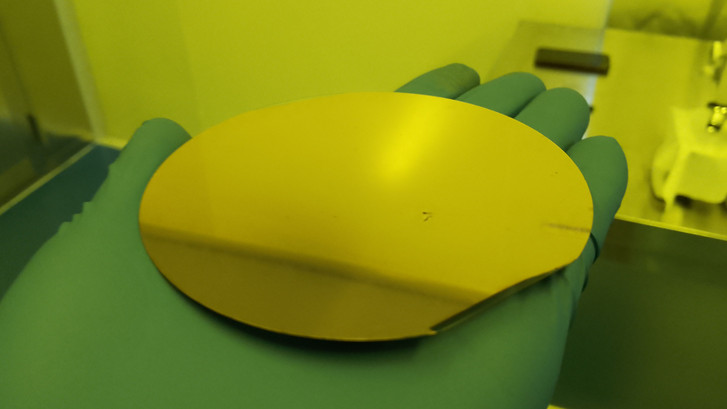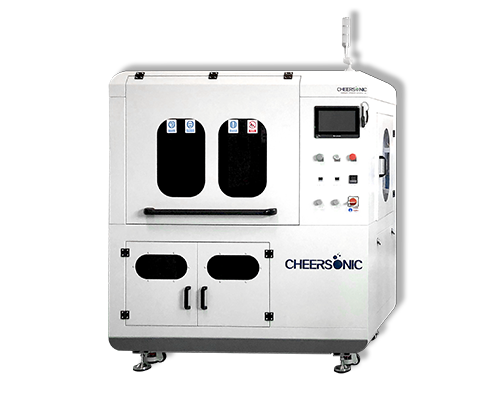Photoresist Coating Process
Photoresist Coating Process – Photoresist Deposition – Cheersonic
The photoresist needs to form a uniform film on the surface of the wafer, and the photoresist is coated on the wafer by the coating equipment under high-speed rotation. The thickness of the photoresist can be adjusted according to the rotational speed and the viscosity of the photoresist. The higher the rotational speed, the thinner the film, and the higher the viscosity of the photoresist, the thicker the film thickness.

With this method, most of the glue is thrown off when spinning, which is very wasteful. Therefore, for a period of time, it was explored to use gas as a material to form a photoresist film by plasma polymerization and other methods. However, due to the strong processing ability and simple process of the spin coating method, this method has become more mature and has become the first choice.
Since photoresist dries to solid in air, before wafer coating, discard a small amount of photoresist from the nozzle to ensure that fresh photoresist is always dripping.
A slightly thicker portion will appear at the edge of the wafer, known as edge buildup. To reduce this, perform edge rinse and set back rinse function to prevent photoresist from flowing back to the back of the wafer.
The surface of the wafer is generally highly hydrophilic, especially the positive photoresist sometimes cannot be well coated. At this time, in order to make the surface of the wafer hydrophobic, an organic solvent called HMDS (hexamethyldisilane) is used. to be processed.
After the photoresist is applied, a pre-baking treatment (soft baking) is required to remove the solvent, so the baking system (hot plate) and the spin coater for heat treatment are arranged in a continuous manner on the production line.
Fully automatic ultrasonic spray coating machine, suitable for uniformly coating photoresist with high resolution on the pattern surface of large aspect ratio, which can effectively cover the sidewalls and edges of trenches, avoid trench accumulation, and save photolithography At the same time, for thin and fragile substrates, the static spray-type glue application of the wafer table can avoid the risk of substrate chipping during high-speed rotation. Products can be used in high-end packaging, MEMS manufacturing and other fields.
Product advantages:
1. Swirl cone atomization can evenly cover the edge and bottom of high aspect ratio steps
2. Rotary heating stage effectively saves photoresist
3. Static spraying on the wafer table to avoid the risk of thin and light substrate debris
4. The nozzle has the function of automatic cleaning inside and outside
Application areas:
high-end packaging
OLED field
MEMS

